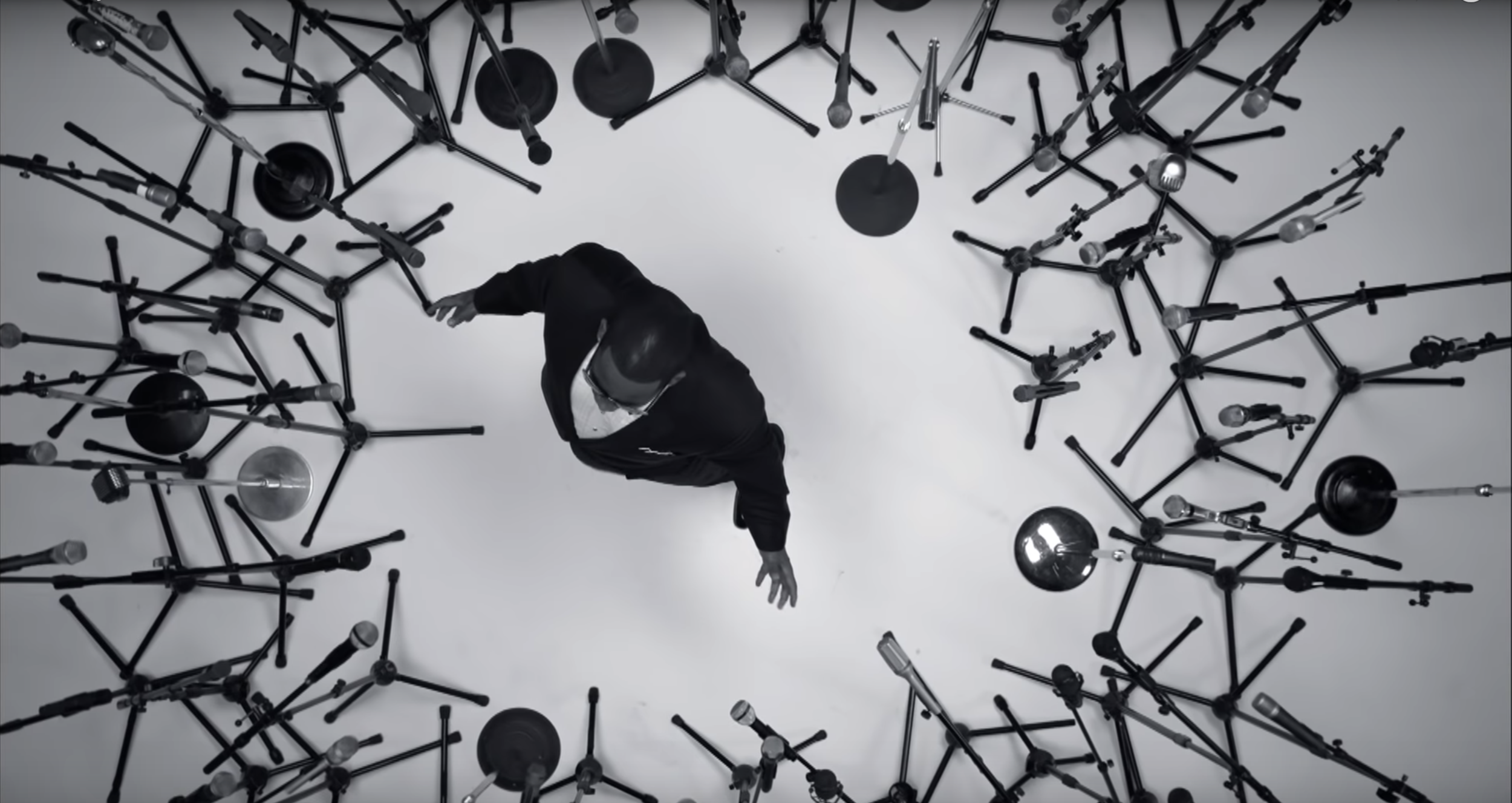The aftermath of the Surviving R. Kelly documentary
Racquel Reid, M.D.
The aftermath of the Surviving R. Kelly documentary washes in as waves. The docuseries, broadcast in January on the Lifetime cable channel, publicized R&B artist Robert Kelly’s extended history of emotional, physical, and sexual abuse of Black women and adolescents, highlighting R. Kelly’s systematic harm as a function of his longstanding popularity and notoriety. Viewers have commented about the highly triggering material and the insidious complicity of the people around him. Discussions have flown online analyzing the behavior of the victims and questioning the veracity of their stories and reporters. Famous former collaborators, urged to respond by fans and detractors alike, offered apologies and explanations or defended him and his legacy. News ekes out about his venues being cancelled and his apparent development of panic attacks, as well as his attempt to get on Iyanla Vanzant’s eponymous show to tell his story. She shocked many by declining his request. As of January, his label, Sony Music, dropped him.
One of the most fascinating things about Surviving R. Kelly was not the documentary itself, but the responses the documentary has engendered from the Black community. Apologists and deniers have opined about the need to hold White accusers accountable in a similar fashion, bolstered by their faith in his musical artistry and the belief that the capricious nature of racism alone fuels his present scrutiny. The myopic nature of this argument stuns, as it ignores the evidence offered against R. Kelly by at least a decade of activists and his survivors.
In the silence between the commentaries, I’m brought back to an office in San Antonio with temperamental fluorescent lighting and a too-low ceiling. Divine*, a young Black girl, pulls at her shoestrings and discloses that mother’s boyfriend had been routinely sexually assaulting her before her arrival to the shelter. “I told my mother. She didn’t believe me. Said I was trying to steal her boyfriend.” Divine refused to elaborate her last point. The enormity of her disclosure felt flat in that strange room, and I’m struck by how I didn’t find her story unique. Throughout my training and fellowship, treating mainly Black patients and non-Black people of color, her story was neither the first nor the most terrifying.
My exact phrasing in response to her revelation escapes me to this day. I know that I affirmed the veracity of her experience and emphasized that she deserved better to be believed, to have her personal boundaries uncrossed, to be valued. But she shrugged at this, flopped back against the padding of her chair, and huffed at the ceiling. Tense, silent moments ticked by before she turned a little and began clacking the stapler down, I suppose just for something to do.
A few years back, a group of prominent Black feminists created the hashtag #FastTailedGirls, which trended on Twitter. I still recommend people going through the hashtag because it’s illuminating. Women contributed emotional tweets about being sexualized and routinely blamed for being assaulted and harassed. Studies indicate that black children are perceived as older than they actually are and are therefore treated with less empathy and denied of their innocence1. Furthermore, the vast majority of children and adolescents never see psychiatric providers, children of color even less so2. This effectively means that these stories are often shared outside a space defined to address trauma in healthy and adaptive ways. This can also qualitatively mean that many of their stories are dismissed or actively ignored. The way we talk about survivors outside mental health spaces is crucial as they determine whether we are people to which they can safely disclose their stories.
Believing survivors is a necessary and foundational first step, but only the first. Moving forward includes continually disrupting narratives about the inherent sensuality of black children, challenging misogynoir, and chronic awareness about cycles of abuse. It is understanding the interplay between racism, misogyny, transphobia, and homophobia keeps reported numbers low and allows even survivors to perpetuate systems that lead to continued abuse of children. It is trusting those most vulnerable to accurately report the dangerous gaps in any institution without censure. We have to behave as if we know that the justice system fails survivors more often than protects them, and often re-traumatizes them in the process. We must be nuanced in our understanding of abusers, knowing their character or contributions to society doesn’t negate or excuse the material harm they’ve inflicted on their victims. We must be willing to air dirty laundry so that it keeps our children safe.
*Name changed for confidentiality
References:
“The Essence of Innocence: Consequences of Dehumanizing Black Children,” Journal of Personality and Social Psychology, published online Feb. 24, 2014; Phillip Atiba Goff, PhD, and Matthew Christian Jackson, PhD; University of California, Los Angeles; Brooke Allison, PhD, and Lewis Di Leone, PhD, National Center for Post-Traumatic Stress Disorder, Boston; Carmen Marie Culotta, PhD, Pennsylvania State University; and Natalie Ann DiTomasso, JD, University of Pennsylvania.
Marrast L, Himmelstein DU, Woolhandler S. Racial and Ethnic Disparities in Mental Health Care for Children and Young Adults: A National Study. Int J Health Serv. 2016 Oct;46(4):810-24. doi: 10.1177/0020731416662736. Epub 2016 Aug 12. PubMed PMID: 27520100.
